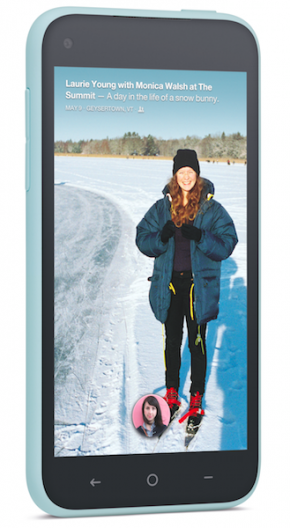 On Tuesday, Mark Zuckerberg announced that Facebook, along with Ericsson, MediaTek, Nokia, Opera, Qualcomm, and Samsung are launching a huge initiative called internet.org. The objective is pretty giant—they want to bring the internet to the 5 billion people not currently connected. The press release notes that
On Tuesday, Mark Zuckerberg announced that Facebook, along with Ericsson, MediaTek, Nokia, Opera, Qualcomm, and Samsung are launching a huge initiative called internet.org. The objective is pretty giant—they want to bring the internet to the 5 billion people not currently connected. The press release notes that
[t]oday, only 2.7 billion people – just over one-third of the world’s population — have access to the internet. Internet adoption is growing by less than 9% each year, which is slow considering how early we are in its development.
Internet.org lays out three ways they intend to do this. First, they want to make access affordable, especially by focusing on cheaper smartphones, which are cheaper than standard computers and can use the wireless infrastructure already available in much of the world. There is also a data engineering component: in the developed world (with the possible exception of the United States), bandwidth is fairly plentiful, so there’s not a lot of focus on making things as efficient as possible. Read More







